How to Become a Horse Trainer
Dreaming of working with horses but don’t know where to start? Becoming a horse trainer is a rewarding career, but you don’t need years of experience to begin. Whether you’re passionate about equine behaviour or simply want to help horses reach their full potential, this guide will show you how to get started, gain valuable experience, and eventually turn your love for horses into a fulfilling career. Let’s dive into the essential steps you can take today to become a skilled horse trainer—no experience required!
What is a horse trainer?
Have you ever dreamed of working with horses but felt held back by your lack of experience? A horse trainer shows horses how to act and perform. They use clear communication and gentle guidance. This career is about getting to know these amazing animals and forming a strong bond with them. In this guide, we’ll show you exactly how to become a horse trainer with no experience.
Why do people choose horse training?
Working as a horse trainer provides a deep sense of satisfaction. You get to spend your days with horses, watch them grow, and see the progress in every session. Helping a nervous horse gain confidence is rewarding. Turning tough behaviour into teamwork also brings joy. This career also provides flexibility. You can compete in shows, work at a stable, or start your own training business.
What does the job involve?
A horse trainer’s day includes activities.
- Observing horse behaviour.
- Making training plans.
- Caring for the horses.
It’s a mix of physical work and careful observation. You must be patient, kind, and ready to learn from each encounter.
Equipment you may need as a Horse Trainer
As a beginner horse trainer, having the right tools is essential for both safety and success. Here’s a quick rundown of the basic equipment you’ll need:
-
Lead Rope: Used for guiding and controlling horses during training. A 12-14 foot rope with a clip is ideal for beginners.
-
Halter: Fits around the horse’s head for control. Choose an adjustable one made from nylon, leather, or rope.
-
Whip or Crop: Helps encourage movement or correct behaviour. Use it carefully and never to harm.
-
Grooming Brushes: Essential for maintaining your horse’s health and comfort. A body brush, curry comb, and dandy brush are key tools.
-
Saddle and Stirrups: For riding-based training, ensure a comfortable, well-fitting saddle and stirrups.
-
Training Aids: Ground poles, cones, and lunge lines are great for teaching movement and control.
-
Protective Gear: Always wear a certified riding helmet, gloves, and sturdy boots for safety.
-
Treats: Positive reinforcement like small treats can motivate and build trust.
-
First Aid Kit: Be prepared for minor injuries with a first aid kit that includes bandages and antiseptic.
-
Training Resources: Books, videos, or online courses can enhance your skills and understanding of horse behaviour.
With these basic tools, you’ll be ready to start your training journey effectively and safely. For all your tack and equipment needs, check out our Tack & Equipment listings
Why consider horse training as a career?
What are the main benefits? Choosing a career in horse training can provide significant emotional and professional rewards. You have a rewarding job that connects you with nature and animals. Plus, you get to build strong relationships in the equine community. It’s a career that offers variety, as no two horses or training sessions are the same.
What challenges might you face?
Every career has its ups and downs. Horse training often involves long hours, hard work, and slow progress at times. But each challenge is an opportunity to learn and grow. Stay persistent and keep a positive mindset. You can conquer these obstacles and become a skilled trainer.
Legal and Insurance Considerations for Horse Trainers
As a horse trainer, it’s important to be aware of legal and insurance requirements to protect yourself and your business. Here are key considerations:
-
Liability Insurance: Accidents can happen when working with horses, so having liability insurance is crucial. This will cover any injuries to the horse, yourself, or others during training sessions.
-
Business Insurance: If you’re running a training business, consider additional business insurance to protect your assets, including property damage or loss.
-
Licenses and Permits: Depending on where you operate, you may need specific licenses or permits to run your horse training business. Check local regulations to ensure compliance.
-
Contracts: Having clear contracts for clients is essential. These should outline services, fees, and liability waivers to protect both parties legally.
-
Animal Welfare Laws: Familiarize yourself with animal welfare laws in your area to ensure you’re meeting all ethical and legal standards when working with horses.
Being informed about these legal and insurance aspects will help you run a safe and compliant horse training operation.
How can you start when you have no experience?
The best way to start is to get close to horses. Visit local stables, watch training sessions, or even attend horse shows. Being around these animals teaches you their behaviour and basic handling skills. This first-hand experience is crucial and builds your confidence.
How can you learn about horse behaviour?
Start with simple research. Read books, watch videos, or join forums where people talk about horses. Learning how horses move, communicate, and react will give you the foundation you need. Simple observation and listening to experienced trainers can be very helpful.
Why is understanding horse communication important?
Horses speak with their bodies rather than words. Reading their signals, such as ear position or tail movement, is key to effective training.
Understanding these signals builds trust. It also creates a safer training environment for you and the horse.
What skills do you need to succeed?
Key skills for a horse trainer include patience, empathy, and strong observation. Start by volunteering at stables or offering to help experienced trainers. Practice is key. Working with a horse teaches you more about handling, communicating, and training it.
How do you gain confidence with horses?
How can you build key skills?
Building essential skills as a horse trainer requires time, dedication, and a willingness to learn. Key skills include patience, empathy, strong observation, and the ability to read a horse’s body language. These are foundational to creating a successful relationship with the horses you train.
Start by volunteering at local stables, riding schools, or equestrian centers. Websites like IdealHorse often list opportunities to work with horses and gain hands-on experience. Offering to help experienced trainers at these locations can also provide valuable mentorship. For example, organizations like the Certified Horsemanship Association (CHA) offer courses and training programs that cover the core skills every trainer needs, including horse handling, communication, and behavioral analysis.
In addition to practice, being a keen observer is crucial. Watching experienced trainers and learning from their methods can help you refine your approach. Websites like Horse & Hound offer articles, videos, and tips from seasoned professionals, which can help you understand different training techniques and horse behavior.
Lastly, building empathy and communication with horses comes from consistent and gentle interactions. Start with small tasks, like grooming or leading horses, to build your trust and confidence in handling them. Over time, as you gain experience, you will be able to take on more advanced tasks, such as ground work and riding.
Remember, the key to becoming a skilled horse trainer is continuous learning and practice. As you gain more experience and knowledge, you’ll develop the ability to handle different horse temperaments and respond to their needs effectively.
How can education and certification help?
You don’t always need a college degree to be a horse trainer. Still, taking courses in equine science or animal behavior can help you get started. Understanding horse training theory will enhance your practical skills. It helps you become more knowledgeable in the field.
Which certifications are helpful?
Certifications from recognized equestrian organizations can boost your credibility. These programs cover safety, animal care, and advanced training techniques. Having a certification can set you apart, demonstrating your dedication to your career even if it’s not required. For example, courses like Equine Science 101: Horse Training on Udemy offer an excellent foundation for beginners, while the Certified Horsemanship Association provides various certification programs that can further establish your expertise. Obtaining these credentials not only builds your skills but also shows potential clients that you are committed to professionalism and continuous learning.
How to Get Hands-On Experience?
Where can you volunteer or intern?
Hands-on experience is invaluable. Look for opportunities at local stables, riding clubs, or horse rehabilitation centres. Many places welcome volunteers eager to learn. Even a few hours a week can teach you a lot about the day-to-day realities of working with horses.
Finding a mentor in the horse training world can fast-track your learning. A mentor can guide you, share their tips, and help you avoid common mistakes. Ask questions! Most experienced trainers love sharing their knowledge with passionate learners.
How do you create a strong portfolio?
Building a portfolio is an important step in showcasing your skills and experience.
Snap photos of your training.
Write about your progress.
Note any successes or milestones.
Your portfolio is like your resume—it tells your story and shows others what you can do. Even if you’re starting, every bit of experience counts.
How can you network in the horse training world?
What are some effective networking tips?
Networking in the equine industry is all about building connections with other professionals. One of the best ways to start is by attending local horse shows and equestrian events. These venues offer great opportunities to meet other trainers, stable owners, and horse enthusiasts. You can also join online communities dedicated to horse training. For example, Horse Trainers Network on Facebook is a great group where trainers share insights, advice, and job opportunities.
Engaging on social media platforms like Facebook and Instagram also helps you stay connected with other professionals. Many trainers post helpful tips, training techniques, and updates on their practices, which can provide valuable learning opportunities. Following pages, such as The Equestrian Professional, can connect you with mentorship opportunities and networking events that are perfect for both beginners and experienced trainers.
By consistently building relationships and engaging in these communities, you can open the door to new job prospects and receive valuable advice that can help you grow in your career.
Frequently Asked Questions (FAQs)
Q1: How do I overcome the fear of handling horses as a beginner?
A: Start by observing horses in a calm setting. Engage in small tasks under supervision, increasing your involvement over time. Your confidence will build over time with each positive experience.
Q2: What are some low-cost ways to gain experience in horse training?
A: Volunteering at local stables or riding clubs is a great way to start without spending much. Many places offer opportunities for beginners to learn.
Q3: Is it important to get a certification even if I have hands-on experience?
Hands-on experience is essential. Certifications can boost your credibility and show dedication. They also provide structured learning that complements practical skills.
Q4: How can I find a mentor in the horse training field?
A: Attend local equestrian events. Join online forums. Ask experienced trainers at the stables. Building relationships in the community can lead to valuable mentorship opportunities.
Q5: What should I do if I face setbacks or slow progress? A: Setbacks are part of any learning process. Keep a positive attitude, ask for advice, and use each challenge as a chance to improve your skills.
Conclusion: Are you ready to start your journey?
So, are you ready to turn your love for horses into a fulfilling career? You can become a horse trainer even without experience. All you need is passion, patience, and the right approach. Start small, learn every day, and don’t be afraid to ask for help. Remember, every expert began as a beginner. With the tips and steps outlined above, you’re well on your way to mastering horse training. Embrace each moment, and soon, you’ll be guiding horses with confidence and skill.
For more information, resources, and listings, visit oursellyourhorse to explore everything we offer.

Welcome to Sell Your Horse, a platform dedicated to connecting equestrians with each other, making horse buying and selling easier and more transparent. With a focus on technology and community-building. My mission is to help like-minded equestrians find the right connections, share knowledge, and build a trusted equine network.





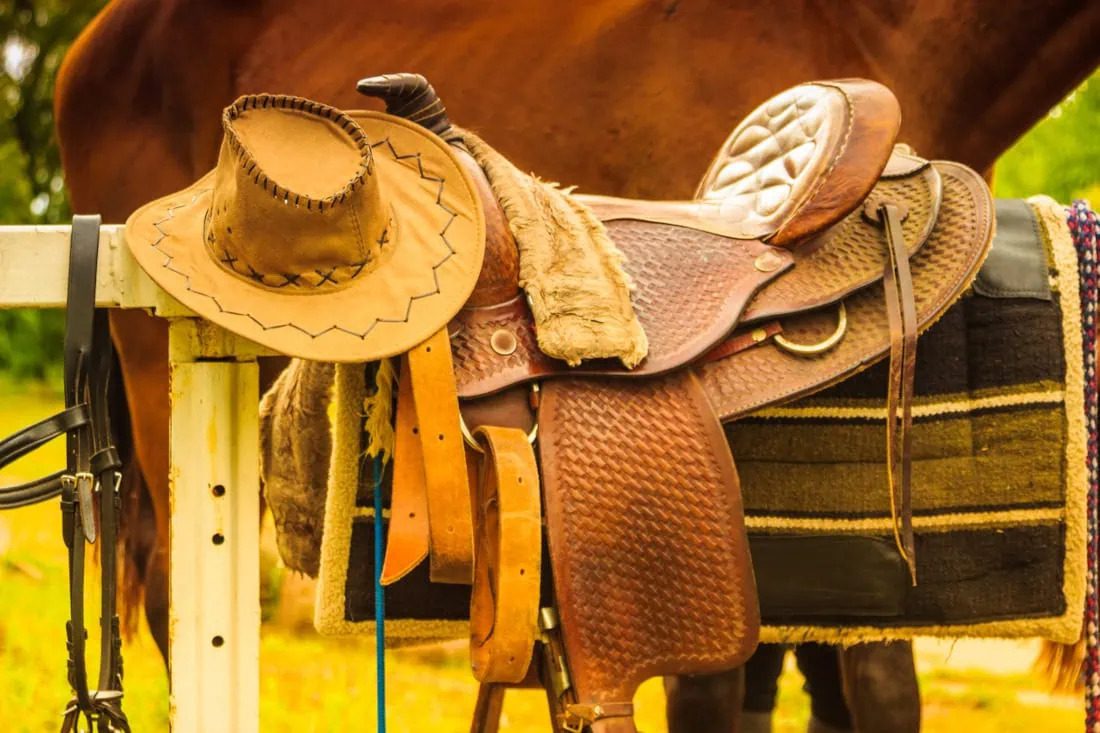
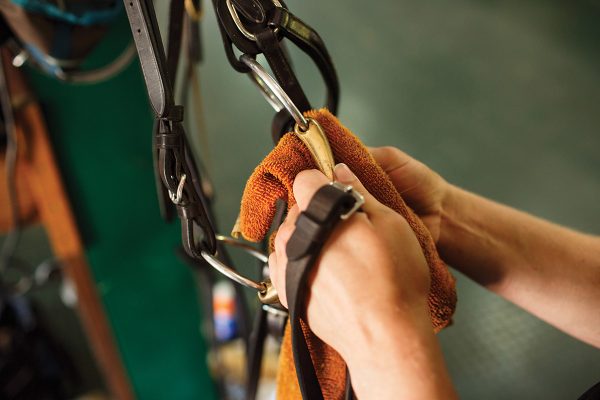

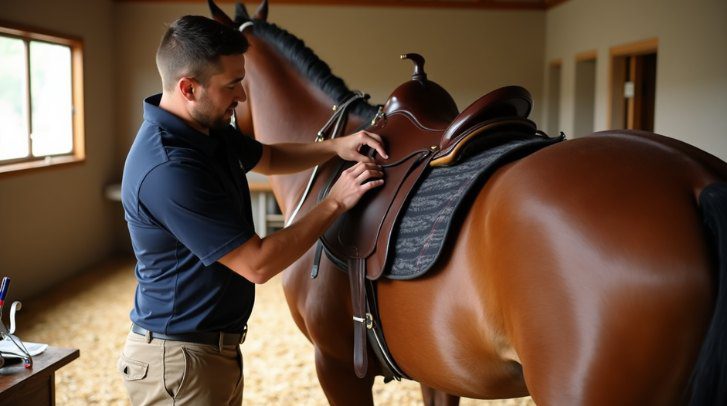
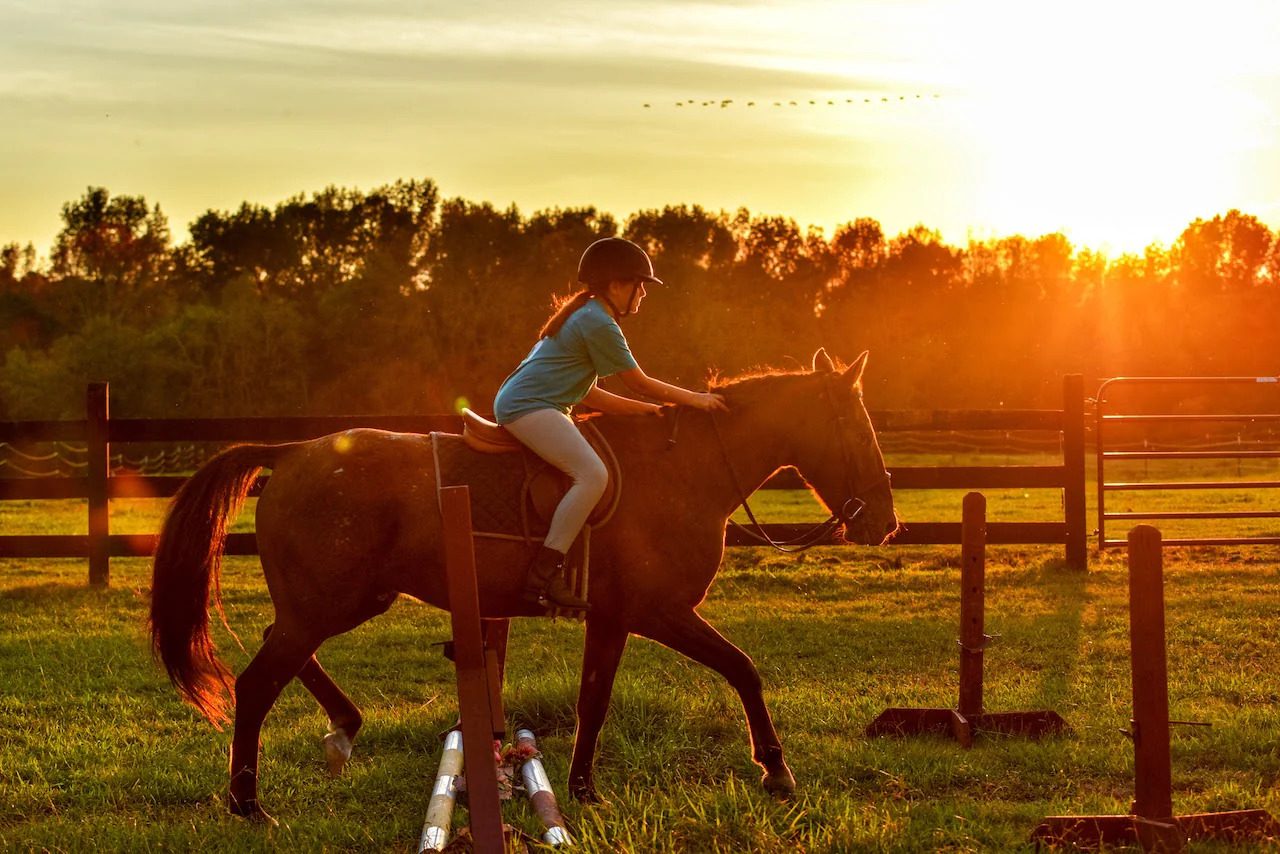
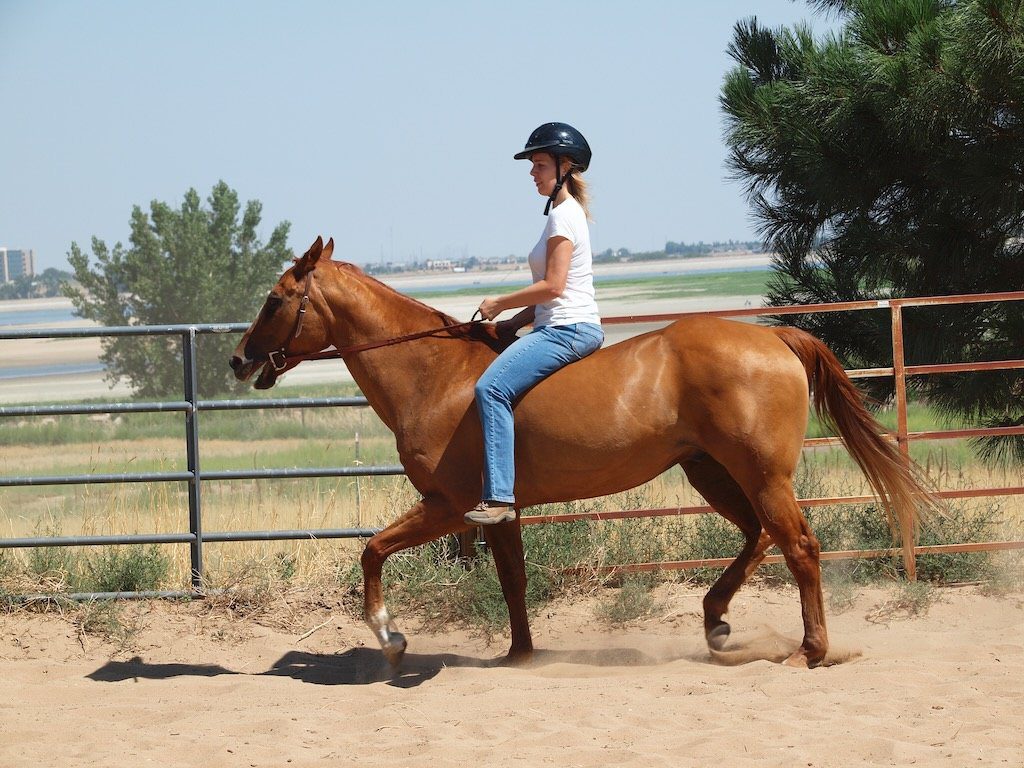
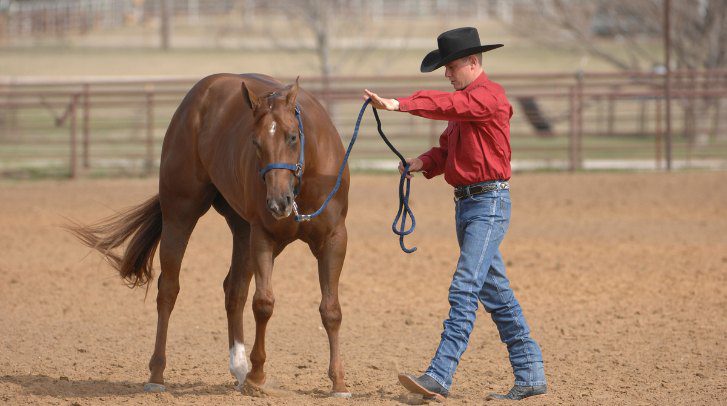
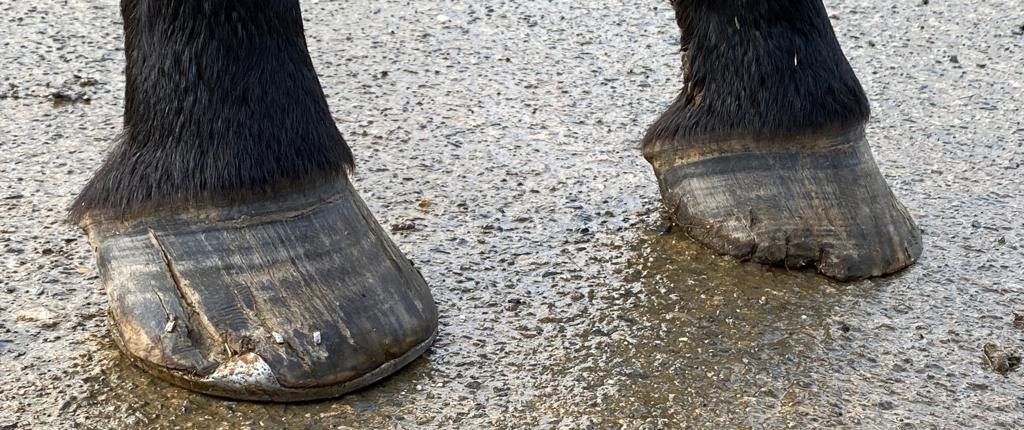
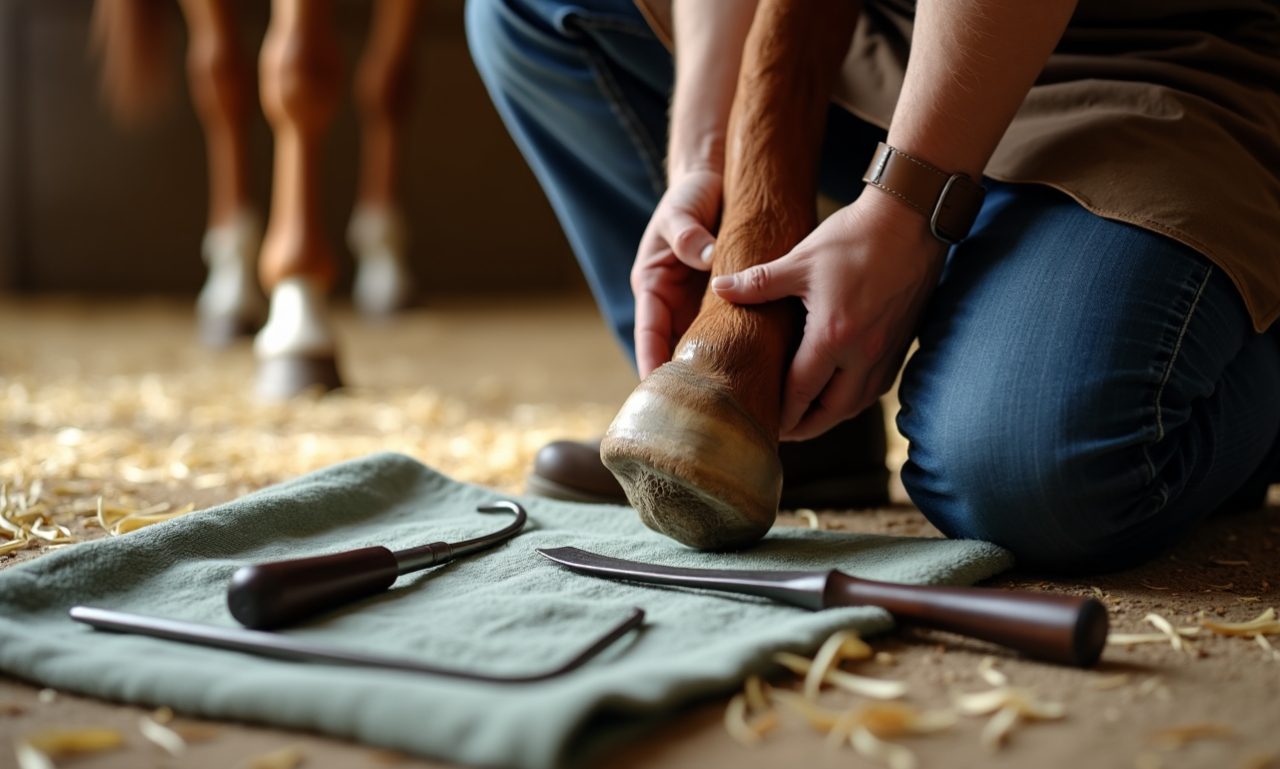
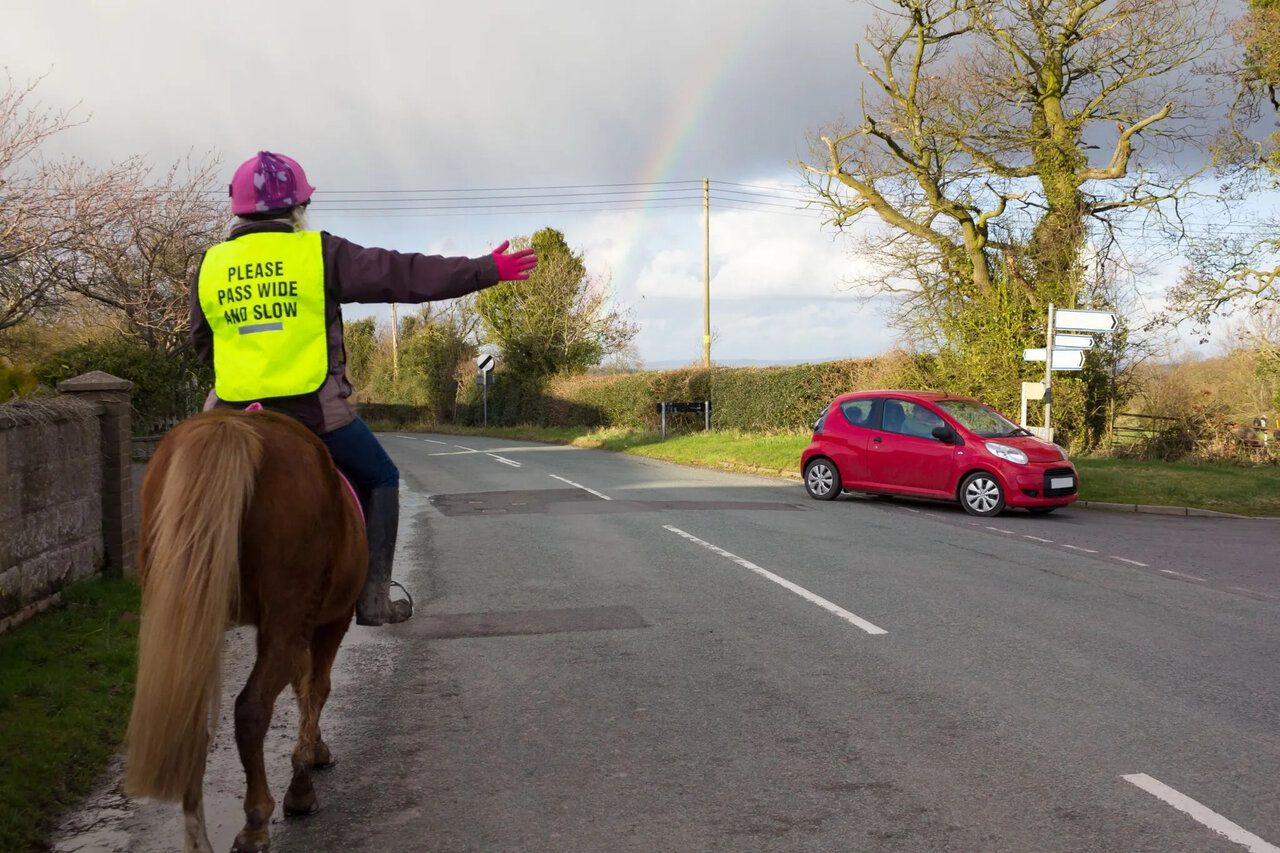
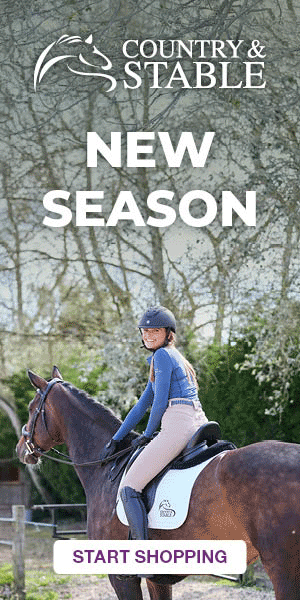
 Featured Listings
Featured Listings
 Adverts
Adverts
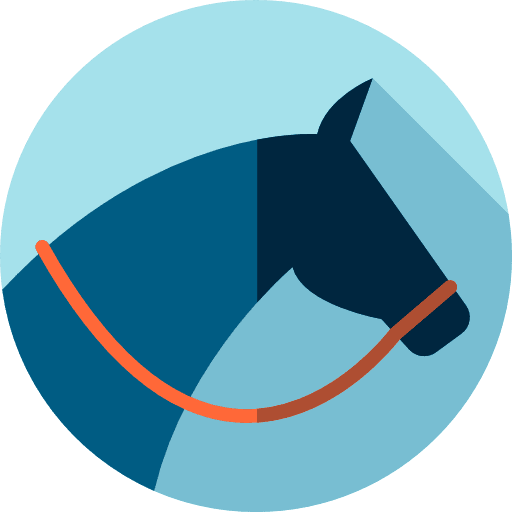 Horses For Sale
Horses For Sale
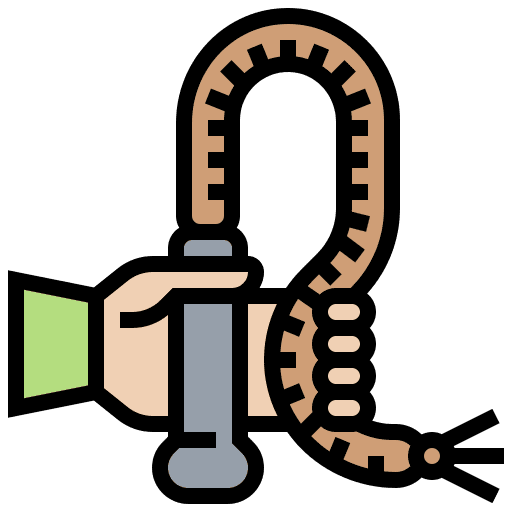 Tack & Equipment
Tack & Equipment
 Horseboxes & Trailers
Horseboxes & Trailers
 Equine Properties
Equine Properties
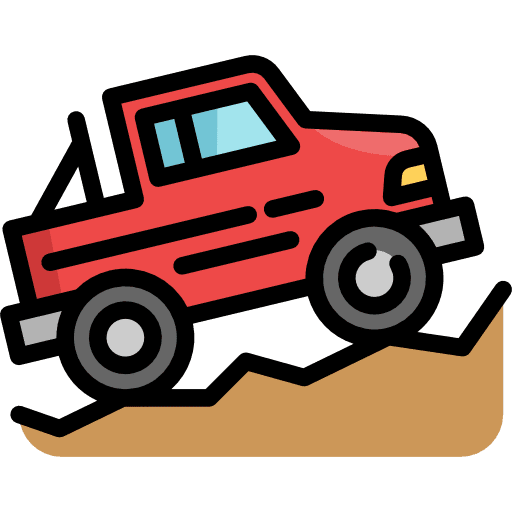 4x4 Vehicles
4x4 Vehicles
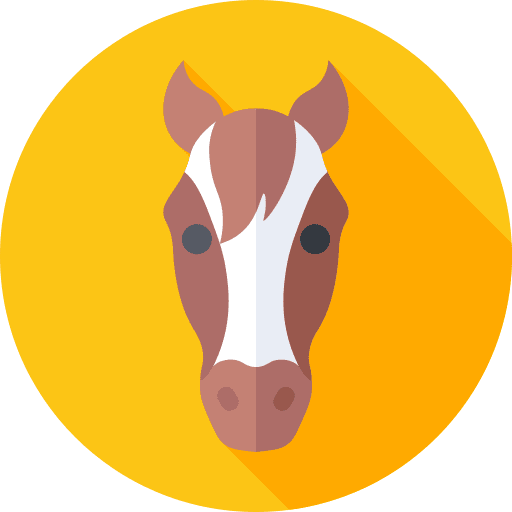 Horses For Loan
Horses For Loan
 Horses Wanted
Horses Wanted
 Stallions at Stud
Stallions at Stud
 Equine Services
Equine Services
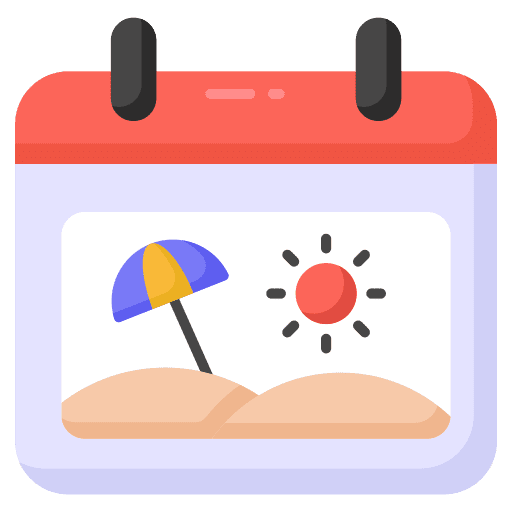 Riding Holidays
Riding Holidays
